21 Reflexes
Infants are equipped with a number of reflexes which are involuntary movements in response to stimulation. These include the sucking reflex (infants suck on objects that touch their lips automatically), the rooting reflex (which involves turning toward any object that touches the cheek), the palmar grasp (the infant will tightly grasp any object placed in its palm), and the dancing reflex (evident when the infant is held in a standing position and moves its feet up and down alternately as if dancing). These movements occur automatically and are signals that the infant is functioning well neurologically. Within the first several weeks of life these reflexes are replaced with voluntary movements or motor skills.[1]
Infants and children grow and develop at a rapid pace during the first few years of life. The development of both gross and fine motor skills helps a child go from a completely dependent newborn to an independently functioning toddler in about a 3-year span.[2]
Video introduces and demonstrates infant reflexes.
|
Reflex |
Description |
Image |
Reflex |
Description |
Image |
|
Sucking |
Suck on anything that touches the lips |
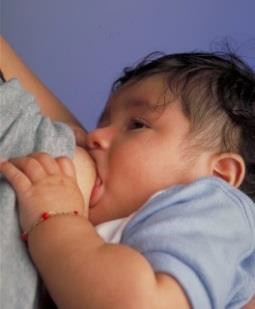 |
Moro |
A sudden noise or loss of support to the head and neck will cause infants to spread out their arms and legs then quickly contract the limbs inward |
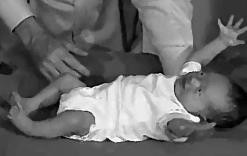 |
|
Rooting |
Turning the head when the cheek is touched |
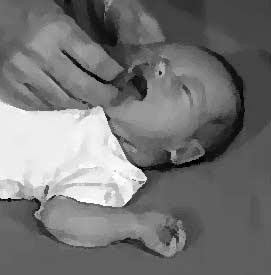
|
Tonic Neck |
When lying on the back with the head to one side infants will extend the arm and leg on that side while flexing the limbs on the opposite side (looks like a fencer pose). |
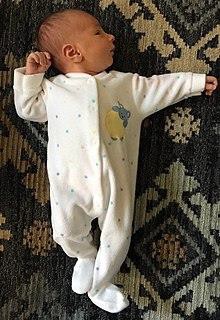
|
|
Grasp |
Fingers automatically grip anything that touches the palm of the hand |
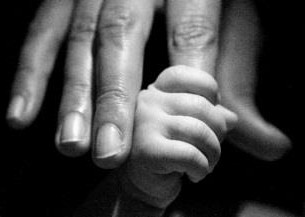 |
Stepping |
Legs move in stepping like motion when feet touch a smooth surface |
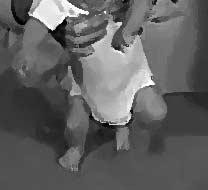 |
|
Babinski |
The toes will fan out and curl when the sole of the foot is stroked from heel to toe |
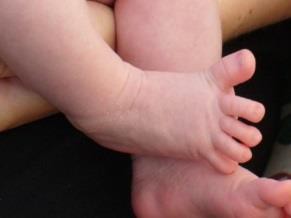 |
|
||
- Lifespan Development - Module 4: Infancy by Lumen Learning references Psyc 200 Lifespan Psychology by Laura Overstreet, licensed under CC BY 4.0; ↵
- Children’s Development by Ana R. Leon is licensed under CC BY 4.0 ↵
- Lifespan Development: A Psychological Perspective by Martha Lally and Suzanne Valentine-French is licensed under CC BY-NC-SA 3.0 (modified by Antoinette Ricardo) ↵

